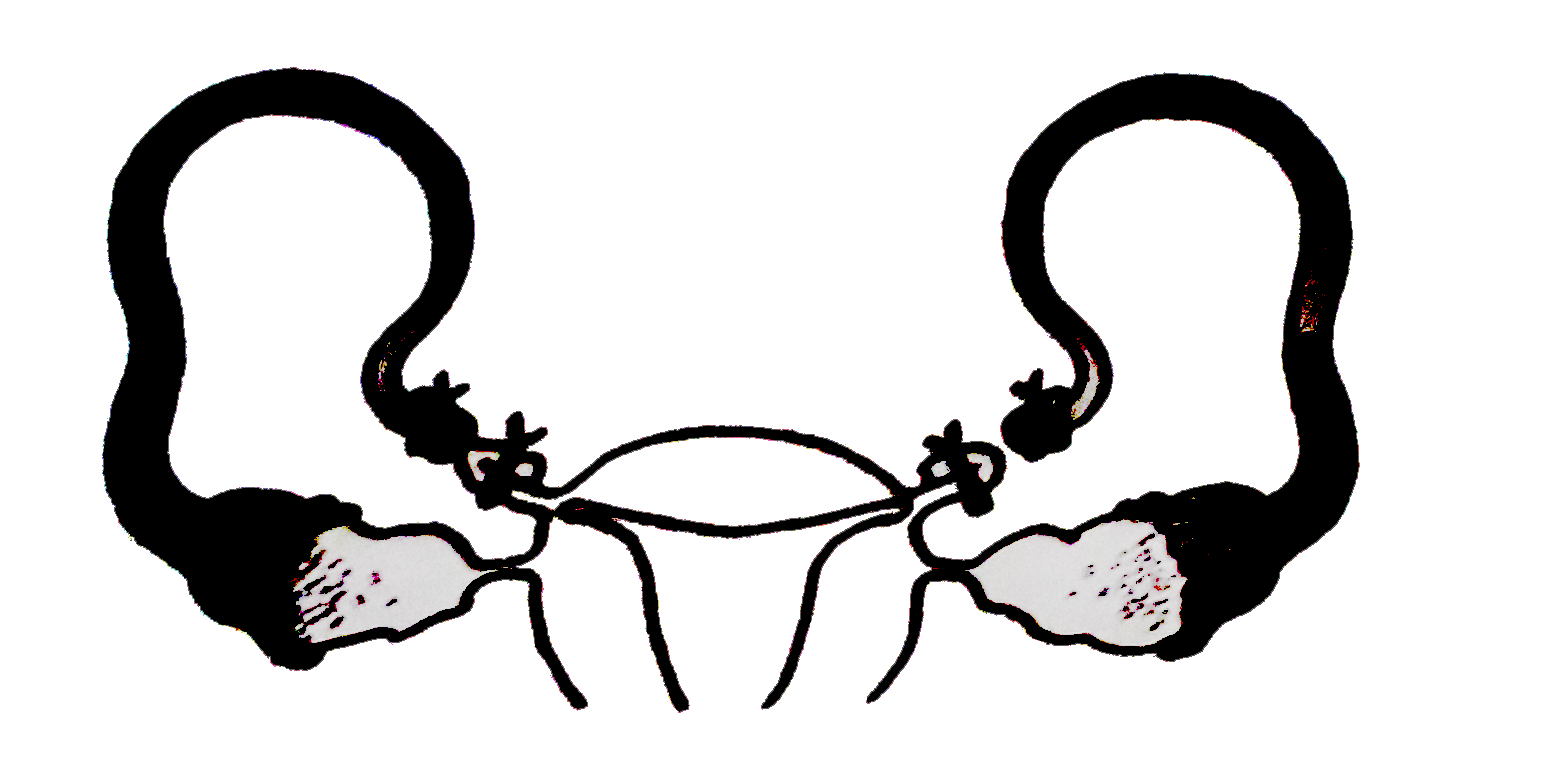................shows metarotation but ..........does not .
Step-by-Step Solution:
1. Understanding Mutarotation: Mutarotation is the change in the optical rotation of a sugar solution that occurs when an equilibrium is established between two anomeric forms of the sugar. This process is significant for sugars that can exist in cyclic forms, which can interconvert.
2. Identifying the Sugars: In this case, we are comparing glucose and sucrose. Glucose is a monosaccharide, while sucrose is a disaccharide made up of glucose and fructose.
3. Glucose and Mutarotation: Glucose is a reducing sugar, which means it has a free aldehyde or ketone group that can participate in redox reactions. This property allows glucose to undergo mutarotation, as it can interconvert between its α and β anomeric forms, leading to a change in optical rotation.
4. Sucrose and Lack of Mutarotation: Sucrose, on the other hand, is a non-reducing sugar. It does not have a free aldehyde or ketone group because the glycosidic bond between glucose and fructose locks these groups in a way that prevents them from participating in mutarotation. Therefore, sucrose does not show mutarotation.
5. Conclusion: Based on the above analysis, we can fill in the blanks: "Glucose shows mutarotation but sucrose does not."
Final Answer: Glucose shows mutarotation but sucrose does not.
---
Topper's Solved these Questions
- BOOK - PRADEEPCHAPTER - BIOMOLECULES EXERCISE - Conceptual Questions14videos
BIOMOLECULES
- BOOK - PRADEEPCHAPTER - BIOMOLECULES EXERCISE - NCERT (QUESTIONS AND EXERCISES) WITH ANSWERS (NCERT INTEXT UNSOLVED QUESTIONS)8videos
BIOMOLECULES
- BOOK - PRADEEPCHAPTER - BIOMOLECULES EXERCISE - TEST YOUR GRIP (Multiple Choice Questions)23videos
BIOMOLECULES
- BOOK - PRADEEPCHAPTER - APPENDIXEXERCISE - MODEL TEST PAPER <br> (Section C )15videos
APPENDIX
- BOOK - PRADEEPCHAPTER - CHEMICAL KINETICSEXERCISE - ADVANCED PROBLEMS FOR COMPETITIONS14videos
CHEMICAL KINETICS
Similar Questions
Knowledge Check
- Question 1 - Select One
Root does not show
ADistinction of primary and secondary rootsBDistinction of nodes and internodesCTertiary roots and rootletsDEndogenous branches. - Question 2 - Select One
A chemical equation does not show
Athe substance that reactBthe substances formedCthe relatives amounts of the substances involvedDhow products are formed from reactants - Question 3 - Select One
Entamoeba histolytica does not show
ABinary fissionBBuddingCEncystationDExcystation


